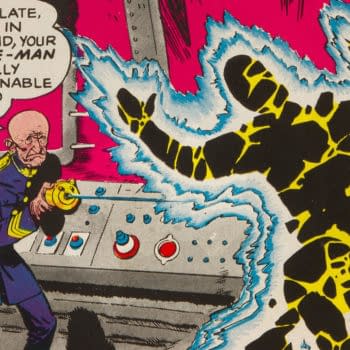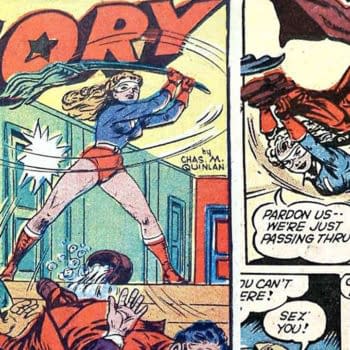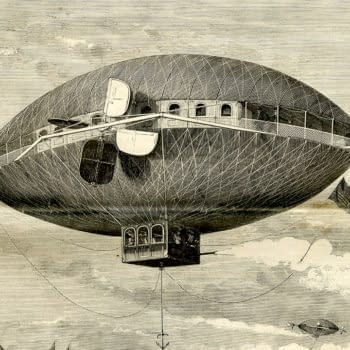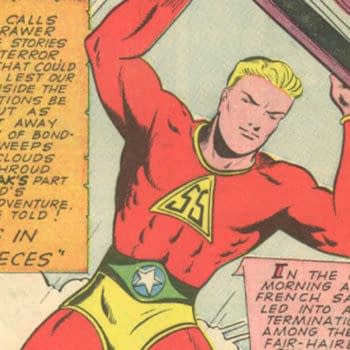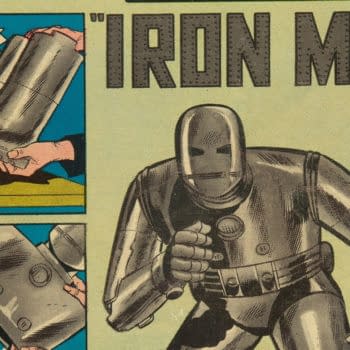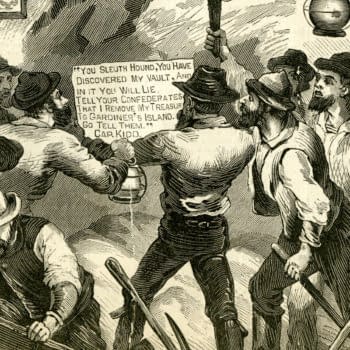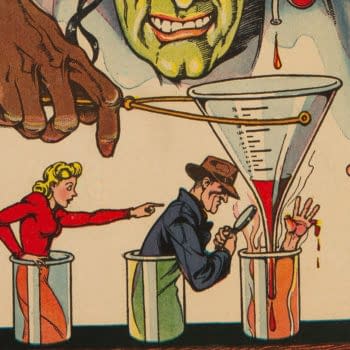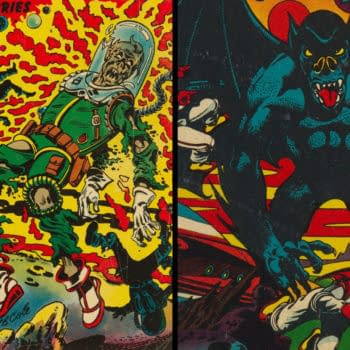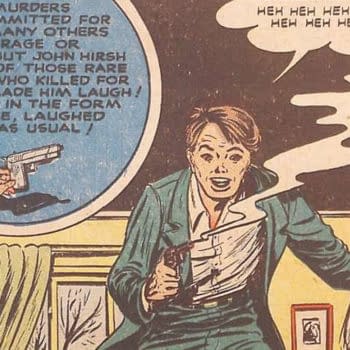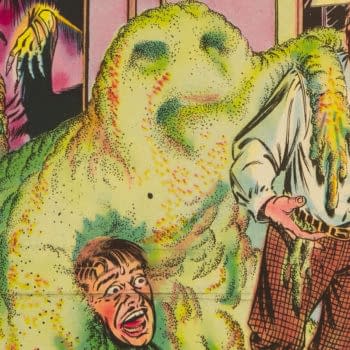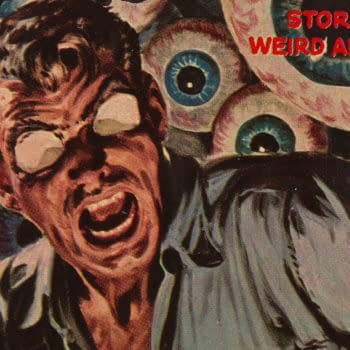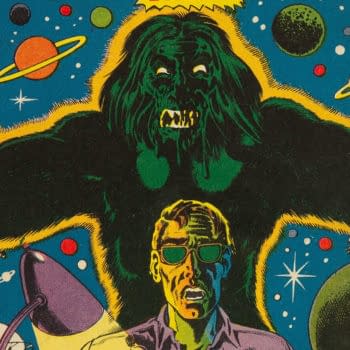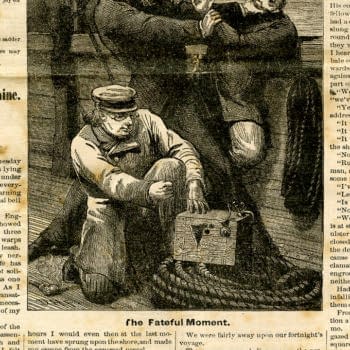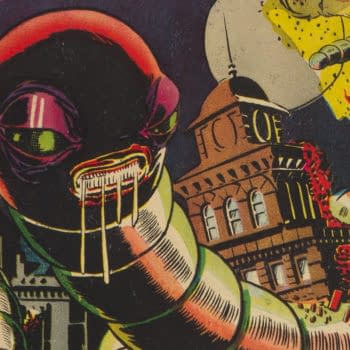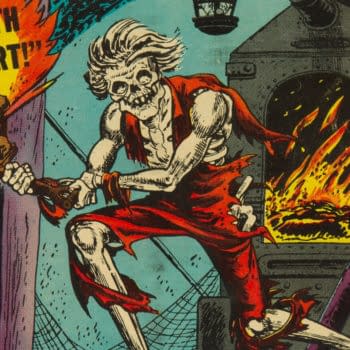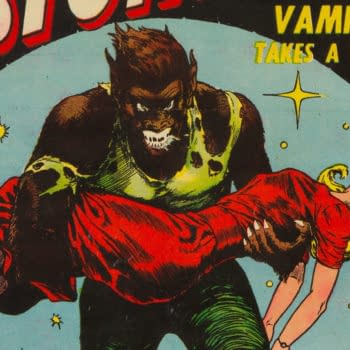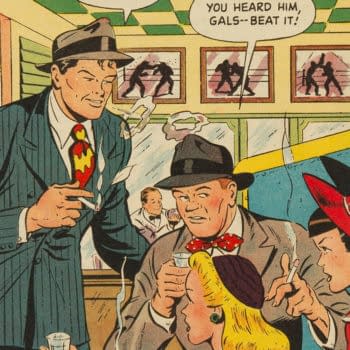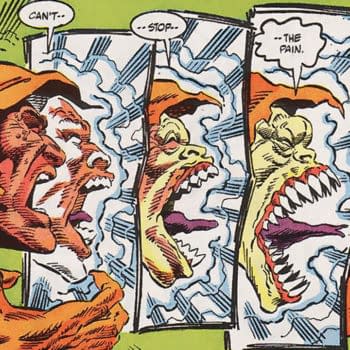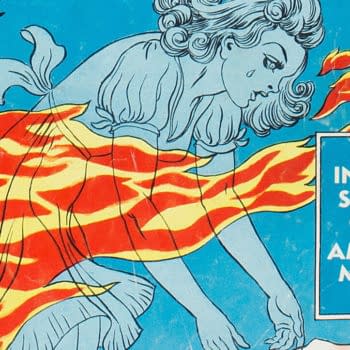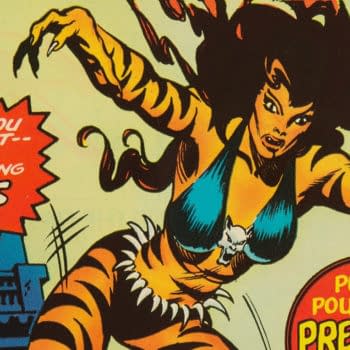International editions of key comic books like Brazil's O Homem-Aranha have been gaining popularity among collectors in recent times.
Vintage Paper Archives
The debut of Doom Patrol in My Greatest Adventure #80 in 1963 is an underappreciated moment in DC Comics history.
Captain Aero Comics featured an eclectic mix of characters including Miss Victory, Flagman, Alias X, and a magician named Solar.
Inventor Moses S. Cole's "novel form of aerial vessel" made the cover of Scientific American in the Jan 1, 1887, issue.
Silver Streak Comics got a very brief reboot in the post-WWII era with stories that included giving Silver Streak a falcon sidekick named Zoom
One of the most popular Silver Age Marvel keys of the past decade, Tales of Suspense #39 featuring Iron Man has some fascinating inspirations.
Family Story Paper #688 includes a blurb that indicates that the Trade Waiting concept was already a thing in 1886.
Gus Ricca's incredible cover of Dynamic Comics #11 for publisher Harry A. Chesler has an equally fascinating story behind it.
Sid Check and Frank Frazetta's cover for Beware #10 might be one of the most obscure comic book covers Frazetta ever had a hand in.
L.B. Cole's memorable cover for Jay Disbroy's interior story in Ghostly Weird Stories #122 is a wild example of Cole science fiction.
D.S. Publishing's Exposed True Crime Cases got off to a cold-blooded start in the first two issues of the Pre-Code era series.
Beware Terror Tales #4 has a cover by Spectre co-creator Bernard Baily that practically begs you to read the story behind it.
As his Senate testimony shows, Dark Mysteries' William K. Friedman knew what buttons to push when it came to comic book horror.
The cover of 1952's Startling Terror Tales #11 is a prime example of L.B. Cole's cover art philosophy on his Star Publications titles.
Legendary painter Norman Saunders is remembered for his pulp covers, but his Worlds of Fear #10 work is one of his best-known comic covers.
Startling Terror Tales #13 features a boldly lurid cover by L.B. Cole for Jay Disbrow's interior story "Love from a Gorgon".
J.F. Bardsley's fictional story "At Sea With an Infernal Machine" in Saturday Evening Post Volume 61 #23 of 1881 was based on pivotal history
One of the most famous Steve Ditko covers of the 1950s, Charlton's The Thing #15 has a wonderfully weird interior story to match.
Marvel/Atlas' Journey into Mystery #15 is another mid-1950s example of radiation-transformed mutants in comic books.
Blurb to the contrary, Harry Anderson's cover for Astonishing #32 represents the interior story "The Werewolf Takes a Wife" by Paul Reinman.
Fawcett, the publisher best known for Captain Marvel produced one of the most notorious crime comic issues of the 1950s era.
In which the elusive Liberty Comics #12 gives us a hook into understanding the wheeling and dealing of the comic book industry of its era.
Witches Tales #25 (Harvey, 1954) is a classic among two different groups of people for two different reasons that involve the same story
Pay-Off is one of a small line of little-known but memorable crime comic book titles from magazine publisher D.S. Publishing.
Jason Philip Macendale Jr. aka the Hobgoblin split with his demon in Web of Spider-Man #86, resulting in the even weirder Demogoblin.
Ant-Man gets trapped in a glass case of emotion on classic Tales To Astonish cover, taking bids at Heritage Auctions.
A very nice CGC copy of Marvel Comics original Star Wars run issue #106 is taking bids at Heritage Auctions today.
Famous Funnies #81 features the comic book debut of early female comic superhero Invisible Scarlet O'Neil, with cover by H.G. Peter.
The War That Time Forgot debuted in Star Spangled War Stories #90, and the ongoing dinosaurs vs soldiers battles quickly took over the title.
While Tigra's Marvel Chillers series didn't last long, the character subsequently became a regular guest in Fantastic Four and beyond.



